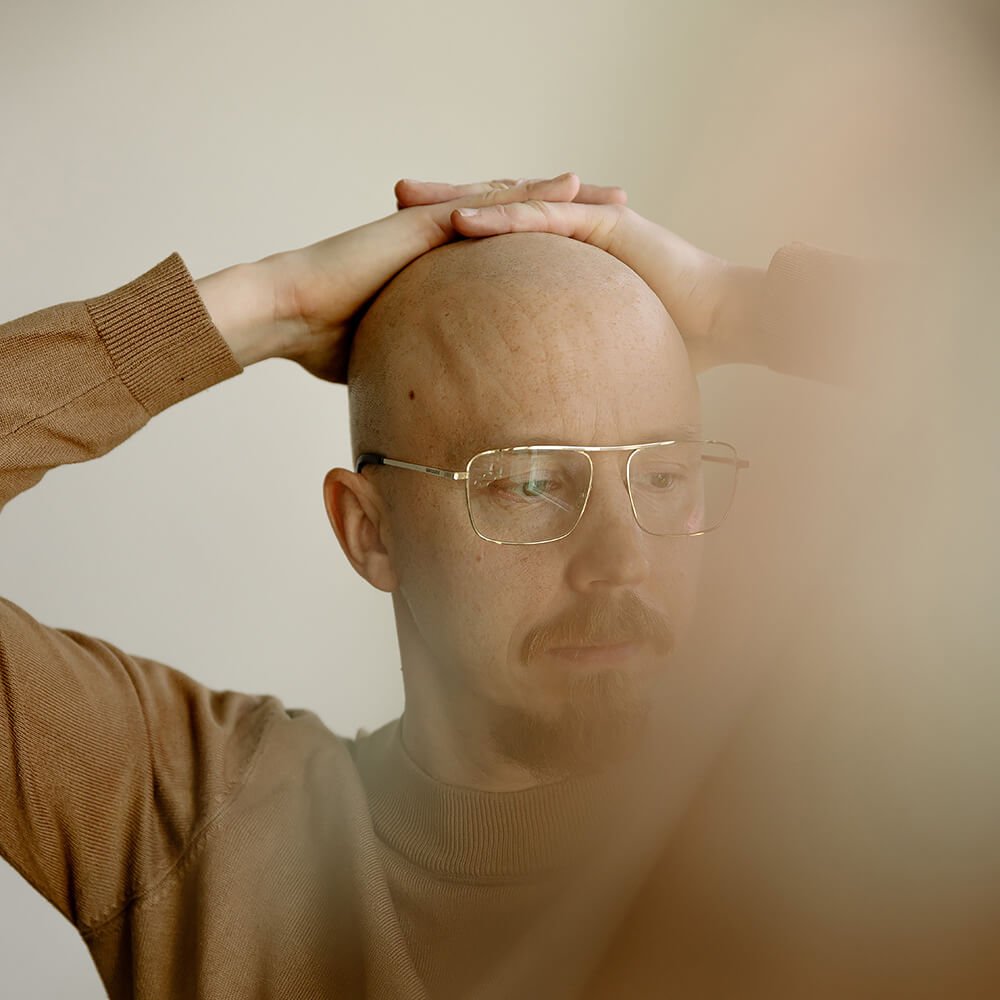Helsinki based Tommi Viitala has started active street photography over four years ago. However, the camera is not a new device for him because he has been filming more and less actively throughout his life, starting with film cameras from the 90s. Since the camera is almost always with Tommi, he also goes around the world filming streets, most recently in Budapest, Hungary. Tommi's photos has been published also various street photography publications and exhibitions.
Statement:
My signature style includes precise composition, sharp contrasts, moody atmosphere and symmetry. Of these, the contrasts are the most what i'm chasing almost every day on the streets. The sunnier the day, the more i look for the shadows. Street photography has also taught me to look at the city in a different way, to look for exceptions and small glitches to pick up small beautiful details from those moments.
What attracts me about street photography is that even if like ten different photographers take a picture of the same fleeting moment, each picture is different, i.e. the look of its taker. In addition, the different styles of street photography, such as juxtaposition, geometry and the play of light and shadows inspire me to the streets again and again.
AAP Magazine
AAP Magazine 36 Street
AAP Magazine 39 Shadows
AAP Magazine 42 Shapes
AAP Magazine 44 Street
AAP Magazine 50 Shapes